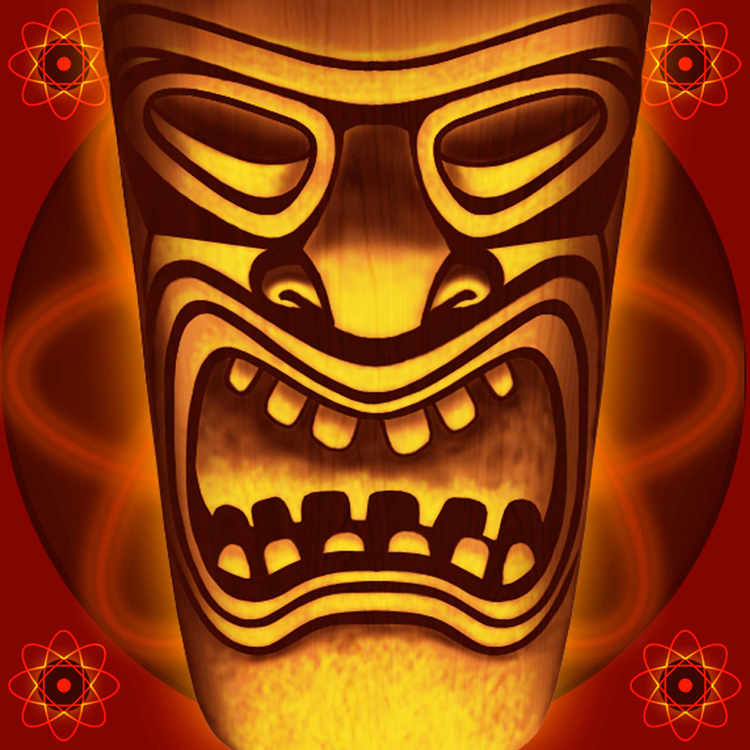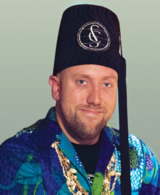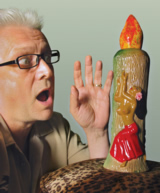Paradise Found
 |
It all starts with that one magical word—tiki.
Then the mental images begin to spring up: a blurred parade of neon drinks; a thatched roof atop bamboo trim, cast in a firey glow; outrigger canoes splashing through azure water; Polynesian statues and masks; vivid-colored Hawaiian shirts.
 |
 |
 |
|
|
American tiki culture encapsulates that montage, as a mid-century mega-trend finds itself reborn into a cult classic.
In his seminal book on the topic, The Book of Tiki, author Sven Kirsten traces the origins of the word to a Maori and Polynesian mythology, where 'Tiki' was the first man, the Adam, who became a half-god through ancestral worship. The idols carved to honor him served as phallic symbols of procreative power. These are tikis, the essence of the tiki movement.
After World War II, Americans, flush with victory and prosperity, sought a release—a way to bask in their collective glory while sloughing off social constricts.
A fascination with the exotic South Pacific had been brewing in nightclub and dining establishments such as Hollywood's Don the Beachcomber. As the war ended, sailors returning from the Pacific campaign brought with them tales and memorabilia from the islands through which they fought.
With the induction of Hawaii as a state in 1959, the tiki craze reached its zenith, and all of America seemed to buy into Don the Beachcomber's promise: "If you can't get to paradise, I'll bring it to you."
"Polynesian parties," writes Kirsten, "provided the outlet that allowed the man in the grey flannel suit to regress to a rule-free primitive naivety: donning colorful aloha shirts, getting intoxicated by sweet exotic concoctions…eating luau pig with bare hands, and engaging in hula and limbo contests provided the opportunity to cut loose and have fun in an otherwise conservative society."
In its modern interpretation, American tiki culture harkens back not necessarily to the innocence of Eden, but to that of the mid-century—a time of optimism and success, when we thought a couple of thatch and nautical decorations and some overly sweet drinks really could transport us to paradise.
"I believe we have rationally grown out of that naïve notion of paradise on earth," Kirsten says. "We know each culture brings along its own complex problems. We know that rationally, but emotionally we have this need to believe in paradise on earth."
The nationwide craze has faded, many of the tiki palaces have shut down, and tiki has become a subculture rather than the zeitgeist. But the key components remain: social fun, lighthearted escapism, and a finger in the eye of convention.
So come with us on a journey—not to the South Seas but to our own state—as we explore the greatest hits of California tiki, with a bit of guidance from Tiki News founder Otto Von Stroheim, tiki expert and barman Martin Cate, and Kirsten himself.




